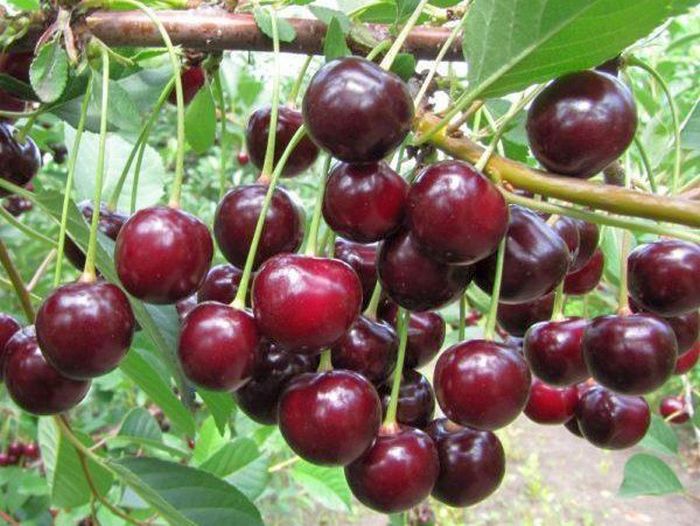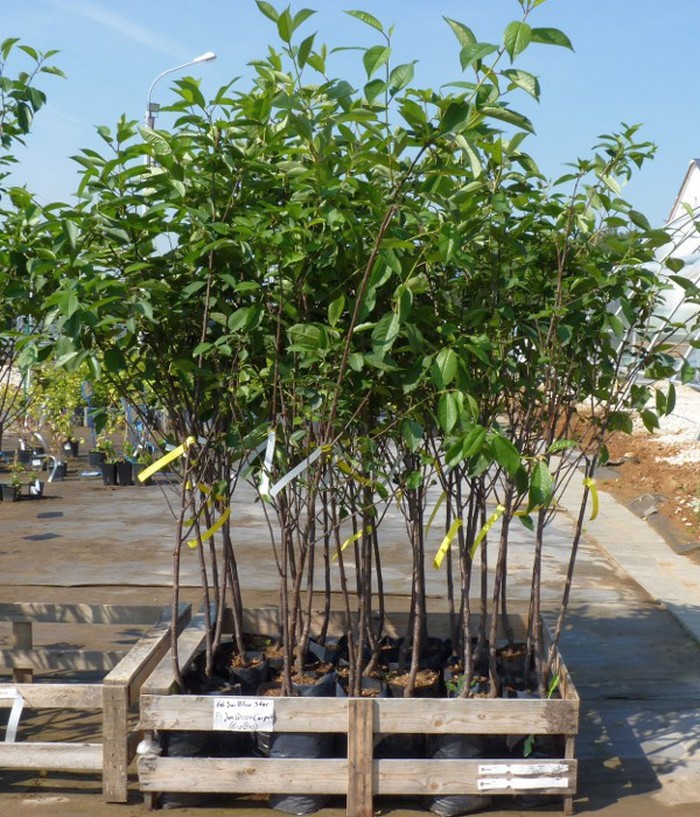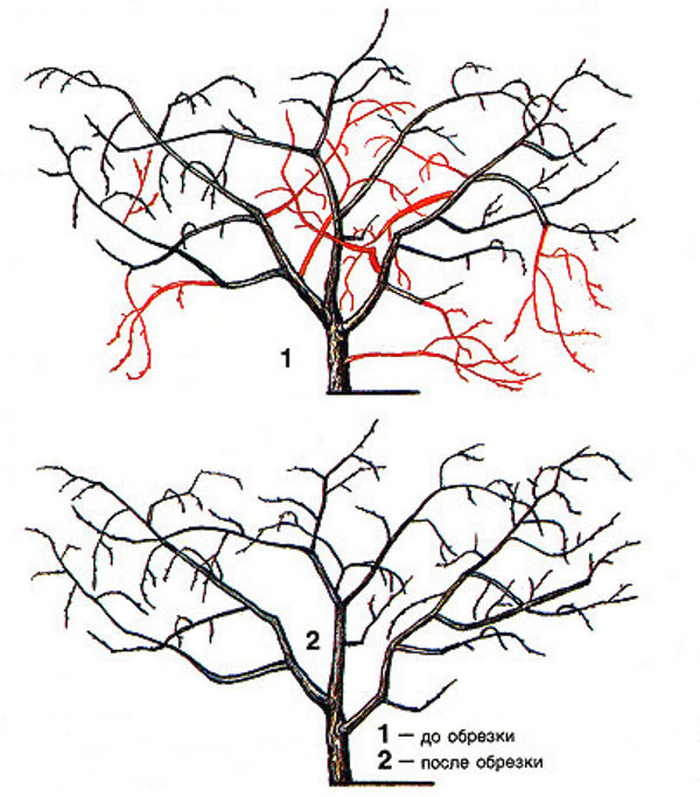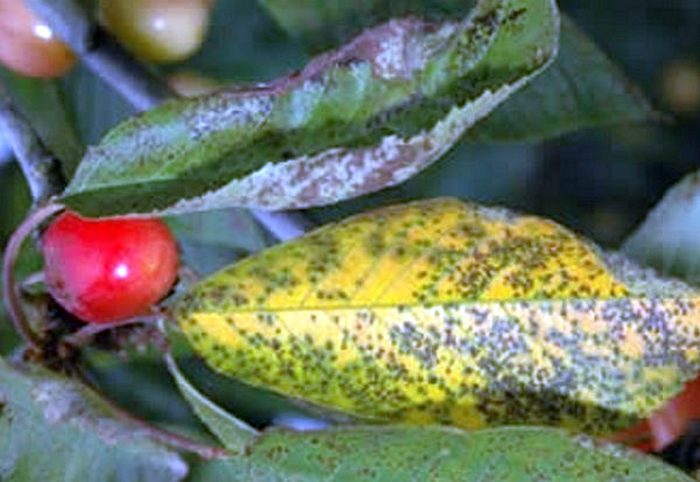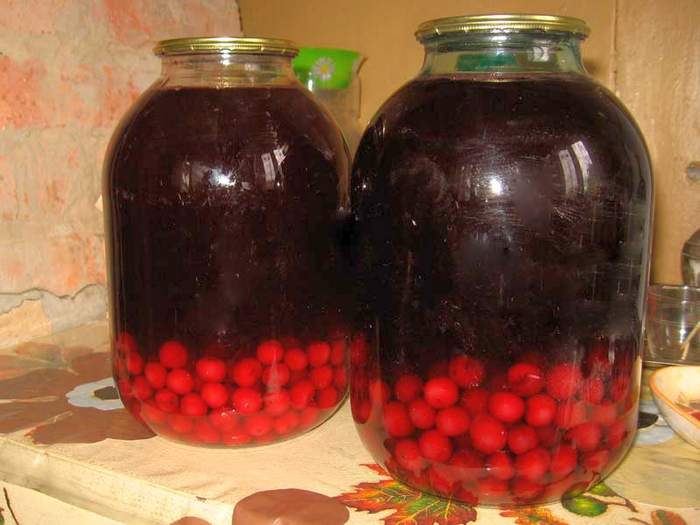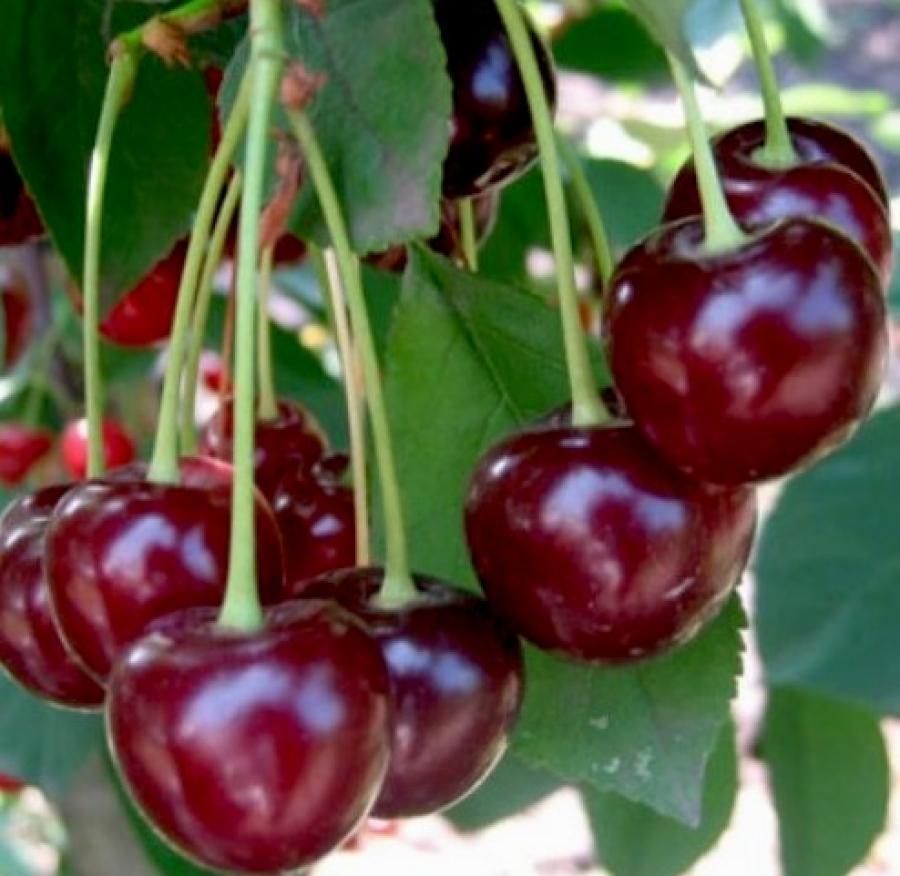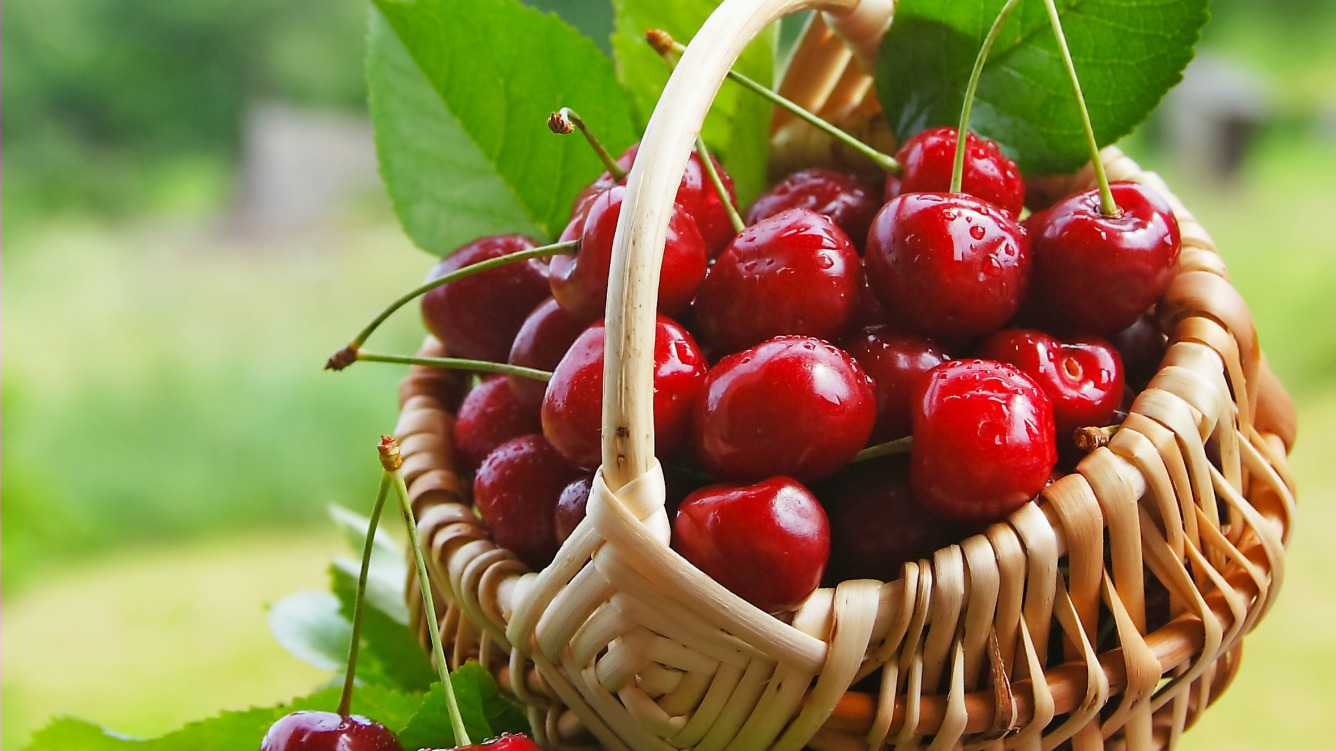Content:
Cherry is a fruit and berry tree. Its fruits are red in color, sweet and sour taste, they contain vitamins A, B and C, as well as a lot of iron and folic acid. Cherries come in yellow, pink and red colors. Flavor and color depend on the variety. Let us consider in more detail the features of Michurinskaya cherry, a description of the variety and its characteristics.
Michurinskaya cherry was bred at the I.A.Michurin Scientific Institute by A.V. Morozova in 1994. Cherry fertile Michurina was obtained as a hybrid of cherry and sweet cherry. In another way, the hybrid is called Michurinka cherry.
Description and characteristics of the variety
Frost resistance
Such a cherry tolerates low temperatures well, it can be planted in the middle lane, but in Siberia and in the northern regions, trees will require insulation.
Yield
The variety is very productive, you can get about 100-150 c / ha. From 1 tree you can get up to 65 kg of berries. The tree begins to bear fruit 5 years after planting. This cherry belongs to late ripening. For example, in Michurinsk, cherry picking begins from mid-to-late July.
Bloom
Flowers are white, slightly pinkish, large, have a pleasant aroma. The inflorescence consists of 3 flowers. The plant looks very decorative during the flowering period. It blooms at the end of June.
Tree options
It is medium-sized, the crown is rounded-oval, the bark is brown, the shoots grow straight, the buds are oval. Leaves are bright, dark, green, smooth, oval, narrow, serrated.
Fetal parameters
The berry is heart-shaped, wide, dark red. The weight of the 1st cherry is about 7 grams. They are juicy, sweet, with a slight sourness. The stone is easily separated from the fruit, smooth, round. The skin is dense. The peduncle is thin, short and the fruits are easily removed from it.
Agricultural technology and care
The landing site should be sunny, protected from drafts.
Saplings are selected without damage, with brown roots, moist.
14 days before planting seedlings, you need to fertilize the ground. For this, cow dung and bird droppings are used. After fertilization, the soil is dug up.
The trees are planted in holes measuring 60 cm (width) by 50 cm (depth). Sod, humus and sand are poured to the bottom.
The hole is poured with water, a seedling and a support for it are installed. Trees are planted 5 meters from each other. Planting is carried out in early spring, so that the seedlings have time to take root before winter.
The bush also needs to be formed. To do this, when the plant reaches 60-70 cm in height, the branches are shortened, if there are sick and dry ones, they are also cut off. This procedure is necessary for proper crown growth and to reduce the density of branches and leaves.
Reproduction takes place by cuttings. And you can also graft it on varietal cherries. For example, to Vladimirskaya.
Tree care
Such a cherry is unpretentious, so the care consists in simple procedures.
The plant needs watering 2 times per season.During flowering and fruiting (but you cannot water the plants 30 days before picking berries).
Mulching should be carried out to avoid excess moisture and facilitate the penetration of air into the soil. Mulching is done with hay, straw, peat, rubble. Everything should be stacked around the trunk, so as to avoid contact with it. It is necessary that the layer is at least 6 cm.
Be sure to feed. They, like watering, are necessary only when the plant is blooming and bearing fruit. You need to feed it with a solution of 1 bucket of manure, 4 buckets of warm water and 1 kg. ash wood.
Next, fertilizing is performed at the rate of half a bucket per plant. Other fertilizers useful for Michurinskaya cherries:
- Potassium salt. Used to improve the land. Potash salt will also accelerate growth and increase yields. Fertilizer is applied in an amount of about 5-6 g. It is better to do this in early spring or autumn.
- Superphosphate. This fertilizer is rich in phosphorus. It is brought in in the fall, when digging up the earth. This fertilizer stimulates metabolism and improves fertility.
- Ammonium nitrate. It is needed to increase the amount of nitrogen in the earth. Introduced in the spring.
In the spring and after picking the berries, the branches are pruned. Dry, broken, diseased branches are removed.
You also need to loosen the soil near the trunk. This procedure will protect against weeds and some pests, and will also allow the soil to breathe.
Diseases and pests
The variety is resistant to many diseases, but susceptible to 2: coccomycosis and moniliosis (monilial burn).
The first disease manifests itself as small red spots on the leaves on one side and gray pads on the other. These pads contain fungal spores. The damaged leaves fall off. To treat the disease, it is necessary to treat the tree with Bordeaux liquid and fungicides with copper. To prevent the plant from getting infected, carry out prevention. It consists in removing and burning fallen leaves and digging up the earth around the tree.
The second disease is expressed in the drying of leaves, shoots, fruits, ovaries. First of all, you need to remove (burn) all infected plant elements. Next, you need to spray the tree with Zircon or use agents with sulfur and copper for treatment.
The only pest that can spoil the crop and the plant itself is the Cherry weevil. It penetrates the berries, infects them and lays the larvae there. If you do not get rid of the pest, you can lose the entire crop, the cherry weevil multiplies quickly. Prevention and treatment consists of spraying with insecticides. This is done 2 times: during the swelling of the buds and during flowering. And you also need to dig up the soil.
Digging the soil helps to get rid of many pests and is the prevention of a number of diseases. It is good to use special preparations when digging, including biological stimulants of plant growth, development and fruiting, for example, "Epin".
Features of the variety
The variety combines the qualities and advantages of cherries and cherries, it was obtained from varieties of yellow cherries using special processing. It has practically no flaws.
Its berries are smaller (about 4-5 grams). But they are similar in composition: about 12% of useful sugars, 2% of ascorbic acid and 33 mg of ascorbic acid per 100 grams of fruit. Berries of both varieties also contain fructose, glucose, vitamins A, B, C, a lot of iron, as well as amino acids.
This variety is rather used for technical processing than for fresh consumption. This is due to the size of the fruits and their taste characteristics. But this variety is great for preparing and preparing various dishes.
By the way, the variety Griot Michurinsky has other pollinators: Zhukovskaya, Molodezhnaya, Tamaris, Turgenevka. Moreover, this variety is partially self-fertile.But it must be borne in mind that the yield will be low without pollinators. Griot's yield is slightly lower.
As you can see, the Michurinskaya and Griot Michurinskiy cherry varieties are very similar, but there are differences between them.
Advantages and disadvantages of the variety
Cherries of this variety have many more advantages than disadvantages. That is why it has become so widespread among gardeners throughout Russia.
Advantages:
- Fruit taste and quality. They are large, dark red, sweet, versatile in use. Berries are eaten fresh, canned, jam is made from them, dried. Another feature of this cherry is that the fruits do not fall off the branches when they ripen. This cherry is fertile and can be harvested up to 80 kg.
- Cherry Michurinskaya is frost-resistant and unpretentious.
- The variety is resistant to a number of diseases and is not susceptible to attacks by many pests.
- The plant regularly produces bountiful harvests.
- The berries are well stored and preserved during transportation.
- The variety is undemanding to the soil.
Disadvantages:
- The tree is not self-fertile. If pollinators of certain varieties are not planted nearby, there will be no fruit.
- Low tree life span It lives and bears fruit for no more than 20 years. To obtain a continuous regular harvest, it is better to plant several trees of different ages on the site at once.
Cherry varieties Michurinskaya are an excellent choice for almost all regions. It is large-fruited, sweet, perfect both for harvesting and for fresh consumption. The tree itself does not take up much space due to the compact oval-shaped crown.
